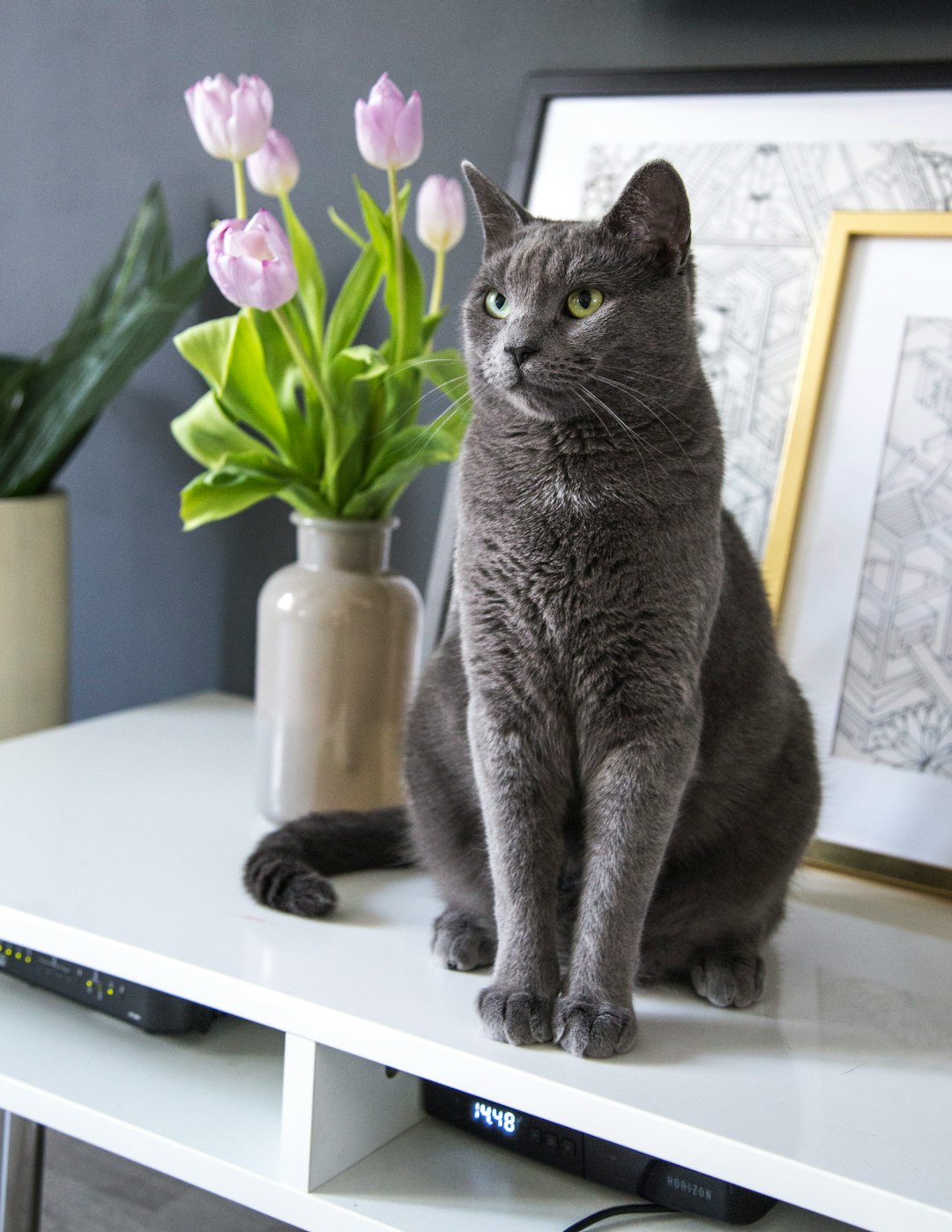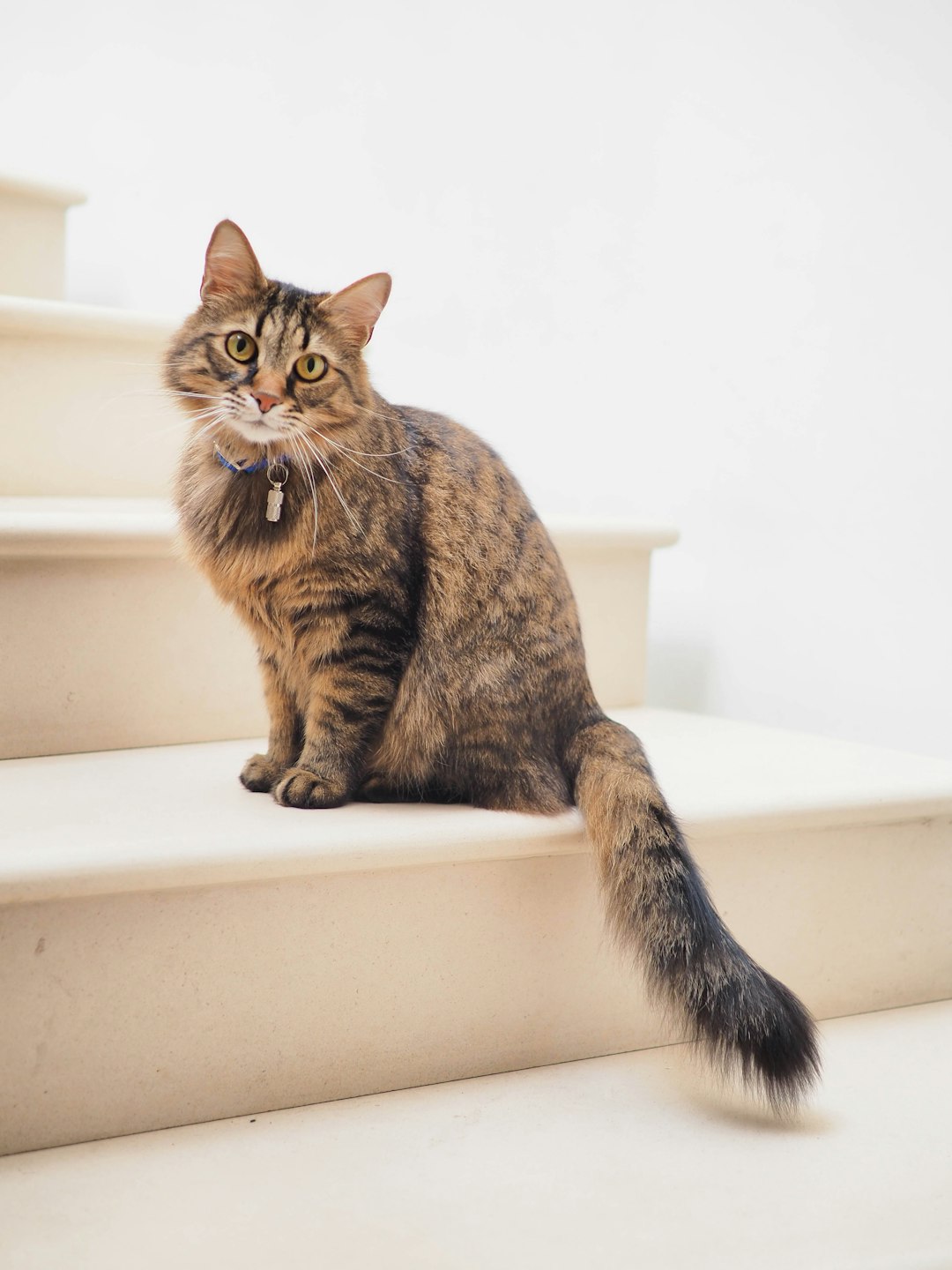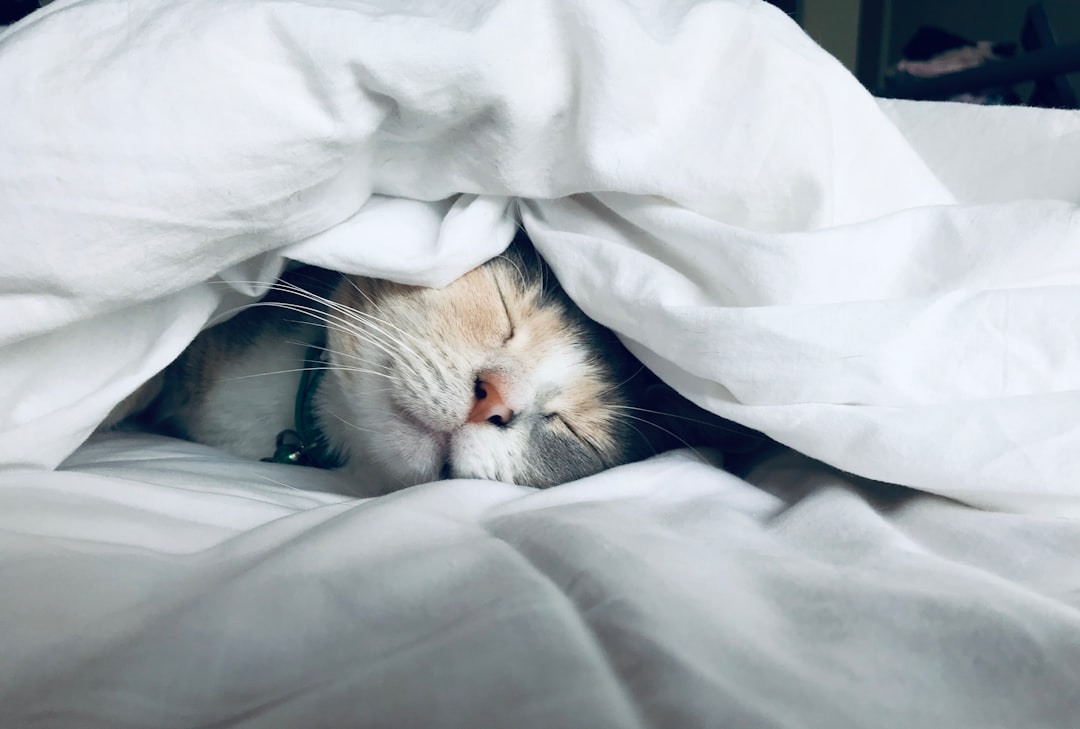Whisker fatigue is a condition that can affect your feline friend, leading to discomfort and stress. As cats explore their environment and eat, their sensitive whiskers can become overstimulated, causing them to feel stressed or anxious. Recognizing the signs of whisker fatigue is crucial for ensuring your cat’s well-being. By understanding this phenomenon and how it impacts your pet’s eating habits, you can take proactive steps to create a more comfortable environment. Stay tuned to learn how to identify the symptoms and alleviate whisker fatigue to keep your beloved cat happy and healthy.
Understanding Whisker Fatigue: A Brief Overview
Whisker fatigue is a relatively common condition that affects many cats due to their highly sensitive whiskers. These specialized hairs, also known as vibrissae, serve as important sensory tools. They help cats navigate their environment, detect prey, and understand spatial awareness. However, when these whiskers repeatedly touch the sides of narrow bowls or feel overly stimulated, it can lead to discomfort and stress, known as whisker fatigue.
Key points about whisker fatigue:
- Sensitivity: Whiskers are packed with nerve endings and can become overstimulated.
- Symptoms: Signs include reluctance to eat, pawing at food, or changes in behavior around feeding.
- Impact: Over time, whisker fatigue can contribute to stress and reduce a cat’s overall quality of life.
Being aware of whisker fatigue is essential for cat owners. By recognizing the signs early, you can take steps to support your feline friend’s comfort and well-being, ensuring they thrive in their home environment.

The Anatomy of Cat Whiskers
Cat whiskers, scientifically known as vibrissae, are much more than mere facial decorations. They play a crucial role in a cat’s sensory perception. Understanding their anatomy can shed light on how whisker fatigue occurs.
Key Features of Cat Whiskers:
Length & Location: Whiskers are typically located on a cat’s muzzle, above the eyes, and even on the back of their front legs. They can measure up to two times the width of a cat’s body, allowing for spatial awareness.
Sensitive Nerve Endings: Each whisker is embedded deeply in the skin and surrounded by sensitive nerve endings, making them highly responsive to touch and environmental changes.
Flexible Structure: Whiskers move freely, enabling cats to gauge their surroundings effectively. As a result, they help assess gaps and spaces, crucial for navigation, especially in the dark.
Impact of Whisker Fatigue:
When a cat’s whiskers constantly touch food bowls or other objects, it can lead to whisker fatigue. This can create discomfort and even stress, making it essential for pet owners to recognize the signs early on. By understanding the anatomy of whiskers, cat owners can take preventive measures against whisker fatigue.
Common Signs of Whisker Fatigue in Cats
Recognizing whisker fatigue is essential for ensuring your cat’s comfort and well-being. Here are some common signs to look out for:
- Resistant Eating: If your cat avoids their food bowl or takes longer to eat, they might be experiencing whisker fatigue.
- Pawing or Pushing: Cats may paw at their food or push the bowl around if they’re uncomfortable with the tight fit of the bowl against their whiskers.
- Sensitivity or Irritation: Watch for signs of discomfort, such as twitching whiskers or sudden head jerks while eating.
- Weight Loss: Significant changes in weight could indicate that your cat has developed an aversion to their feeding area due to whisker fatigue.
- Change in Eating Position: If your cat starts eating in a more awkward position, it might be trying to find relief from the discomfort.
By being vigilant and responsive to these signs, you can help your feline friend avoid the complications associated with whisker fatigue and ensure they enjoy their meals again.
How Whisker Fatigue Affects Eating Habits
Whisker fatigue can significantly influence a cat’s eating habits. When cats experience whisker fatigue, their sensitive whiskers may become overstimulated, resulting in discomfort or stress during mealtime. Here are some ways this condition affects feeding behavior:
- Reluctance to Eat: Cats may show disinterest in their food if their whiskers rub against the sides of deep bowls.
- Picky Eating: Increased sensitivity can lead to certain food textures or bowl shapes being avoided entirely.
- Messy Eating: Some cats might struggle to eat efficiently, leading to spills and scattered food, which further discourages them.
To highlight the impact of whisker fatigue on food choices, consider these bowl comparisons:
| Bowl Type | Whisker Fatigue Potential |
|---|---|
| Deep Bowls | High |
| Shallow Bowls | Low |
| Wide Bowls | Moderate |
Addressing whisker fatigue can transform mealtime from a stressful experience into a more enjoyable one. Therefore, choosing the right bowl and monitoring your cat’s behavior is crucial for maintaining their appetite and overall well-being.

The Connection Between Whisker Fatigue and Stress
Whisker fatigue can significantly impact a cat’s overall well-being, leading to increased stress levels. Understanding this connection is crucial for any cat owner, as it helps in recognizing when your feline friend is struggling. Here are some key points to consider:
- Sensory Overload: Cats use their whiskers to navigate their environment. Excessive sensory feedback can overwhelm them, causing discomfort and anxiety.
- Feeding Stress: If your cat feels frustrated or stressed while trying to eat due to whisker fatigue, it may lead to avoidance of food altogether.
- Behavioral Changes: Stress manifests in various ways. A cat suffering from whisker fatigue might become more irritable, withdrawn, or exhibit changes in litter box habits.
To mitigate stress associated with whisker fatigue, consider implementing the following:
- Create a Calm Environment: Regularly check the feeding area for disturbances and ensure a peaceful setting for mealtime.
- Monitor Feeding Tools: Use wider, shallow bowls to reduce whisker contact, enhancing comfort during feeding.
By addressing both whisker fatigue and its connection to stress, you can help ensure a happier and healthier life for your cat.
Tips for Alleviating Whisker Fatigue
Alleviating whisker fatigue can enhance your cat’s comfort during mealtime. Consider these effective tips:
- Choose Shallow Bowls: Opt for wide and shallow bowls, which allow your cat to eat without their whiskers touching the sides.
- Use Flat Plates: A flat plate can also prevent whiskers from bending, helping to eliminate discomfort.
- Experiment with Different Materials: Cats often prefer specific materials. Try ceramic, glass, or stainless steel, and observe which your cat enjoys most.
- Elevate Feeding Areas: Raise the food and water bowls to minimize the need for your cat to bend down, which can contribute to whisker fatigue.
- Provide Regular Meal Breaks: Offer small, frequent meals rather than one large feeding to reduce stress and discomfort.
- Monitor Your Cat’s Behavior: Keep an eye on how your cat reacts during meals; if they seem hesitant or agitated, it may be a sign of whisker fatigue.
By implementing these strategies, you can help your feline friend enjoy a more pleasant eating experience, minimizing the impact of whisker fatigue.
Choosing the Right Bowls and Feeding Tools
Selecting appropriate bowls and feeding tools is crucial for combating whisker fatigue in your cat. The right choices can enhance their dining experience and alleviate discomfort. Here’s what to consider:
Bowl Depth: Opt for shallow bowls. Deep bowls can cause whisker fatigue since they force whiskers to bend excessively.
Bowl Material: Use ceramic or glass bowls. These materials are less likely to cause static cling compared to plastic, preventing whisker irritation.
Bowl Shape: Choose wider bowls. This offers enough space for your cat to eat without their whiskers touching the sides.
Non-Slip Base: Select bowls with a non-slip base to prevent sliding. This stability helps reduce anxiety during meals, potentially mitigating stress related to whisker fatigue.
Feeding Tools: Consider using food puzzles or slow feeders. These can engage your cat mentally and physically while minimizing whisker strain.
By carefully selecting the right bowls and feeding tools, you can create a more comfortable and enjoyable eating environment, reducing the risk of whisker fatigue and supporting your cat’s overall well-being.

When to Consult a Veterinarian
Recognizing and addressing whisker fatigue is crucial for maintaining your cat’s well-being. While many signs can be managed at home, there are instances when you should consult a veterinarian. Here are key indicators to watch for:
- Persistent Behavior Changes: If your cat continues to avoid food or shows signs of distress after trying different feeding solutions, a vet’s advice is essential.
- Weight Loss: Unexplained weight loss may signal a more serious health issue, linked to ongoing whisker fatigue.
- Gastrointestinal Issues: Look for symptoms like vomiting or diarrhea, which can arise from eating habits influenced by whisker fatigue.
- Severe Stress Indicators: If your cat exhibits extreme anxiety, aggression, or lethargy, professional guidance may help determine the root cause.
- Physical Examination Needs: If you notice any abnormalities in your cat’s whiskers or facial area, a vet can assess and treat any underlying conditions.
By staying vigilant, you ensure your cat receives timely care to address the impacts of whisker fatigue.
Frequently Asked Questions
What exactly is whisker fatigue in cats?
Whisker fatigue is a condition that occurs when a cat’s sensitive facial whiskers become overstimulated. Whiskers are deeply embedded in a cat’s skin and are rich in nerve endings. They help cats perceive their environment by detecting changes in space. However, if a cat’s whiskers repeatedly touch objects, such as food bowls or narrow spaces, the overstimulation can lead to discomfort, resulting in behaviors that seem unusual, such as reluctance to eat or aggression.
What are the signs that my cat may be experiencing whisker fatigue?
Signs of whisker fatigue can manifest in various ways. A cat may avoid their food bowl, eat only from the edges, or show signs of distress when their whiskers touch the sides. Other behaviors include pawing at their food or being overly picky about what they will eat. Some cats may even start to display unusual aggression or irritability as they become frustrated with the sensation caused by their whiskers. If you notice these signs, it’s essential to assess their feeding environment.
How can I help my cat if they are experiencing whisker fatigue?
To alleviate whisker fatigue, you can modify your cat’s feeding setup. Consider using a shallow, wide dish that allows their whiskers to remain unobstructed while eating. Avoid deep and narrow bowls that can rub against their whiskers. Additionally, providing a variety of feeding options, such as puzzle feeders, can encourage them to eat without stressing their whiskers. Regularly monitoring how your cat interacts with their food and adjusting the feeding environment can help in managing this discomfort.
Is whisker fatigue a serious condition for cats?
While whisker fatigue is not typically classified as a serious medical condition, it can significantly affect a cat’s quality of life and eating habits. If left unaddressed, it may lead to further behavioral issues, including loss of appetite or stress-related reactions. Therefore, it’s crucial to identify whisker fatigue early and make the necessary environmental adjustments. Regular veterinary check-ups are also recommended to rule out other health concerns that might mimic whisker fatigue symptoms.



